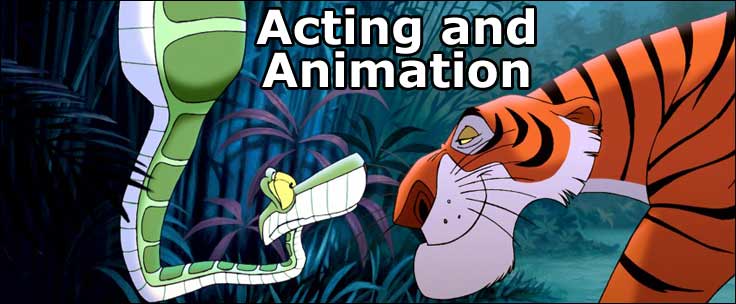So what happens when you underestimate a project?
You learn. Fast.
Say hello to Pertri: a small bird with a big problem. We'll get to that problem later. For now, allow me to introduce you officially to the project I have been working on for the past semester. Now, what I expected Petri to become was is far removed from what he ended up being (not to mention that they went though several gender changes and arguments before I finally gave in to calling Petri a 'he' like everyone else did). Here is an overview of what I had expected at the start of the semester:
It started from a simple sketch, a small bird with a broom cleaning alligator's teeth like a dentist-janitor combo. I, having designed the bird to be more or less simple and round, chose Petri to be the star of my first semester animation project.
Little did I know how much work that would turn out to be.
The story went as so:
 Petri flies into work one day to attend to a large clint with a larger problem: there's one tooth that just won't get clean.
Petri flies into work one day to attend to a large clint with a larger problem: there's one tooth that just won't get clean. Petri tries and tries to clean it, using all sorts of unorthodox methods, but no matter what he does, nothing helps. In the end, in frustration, he ends up accidentally breaking the tooth, bringing about his untimely demise at the hands, er-mouth, of the gator.
I had a storyboard, but the pencil marks were to light and smudged to scan and show you.
So, to the real problem:
Oh wait, not that problem.
This problem:
 |
| (You can tell it's the real problem because I made it larger) |
 |
| This is what happens when you don't construct your rig quite right |
The name of this problem? Rigging. For those of you who don't know or are unfamiliar with rigging: rigging is the placement of bones in an animated character to make animation easier and to define character movement. In essence, constructing their skeleton, as you can see above.
Now you may be thinking: "But Greta, that looks like a fine and dandy skillet rig you've got going there, what's the problem?" But my friend, I must tell you this is the finished, refined rig of the bird. While it doesn't look much different from the initial setup, it is far better at what is was built to do that version 1.0.
To get to this stage of superior rigging, I went through modeling, rigging, assigning bones to joints, beginning animation, and then undoing all my work until I was back at square two: rigging. Because of this, I have no true finished "animation", but the amount I have learned from the project makes all the struggle and turmoil and headaches worth it. For example: The prop and scenery work shown below from what I had anticipated to be part of the final work.

The most valuable skill I gained from this is the proper, or at least more efficient, way to rig a character in Maya. IK rigging is a kind of rigging shortcut that takes where you want a certain joint to be, and moves all subsequent joints in a way that will get it there. It takes longer to set up, but makes the actual animating a whole world easier.
So, in summary, will I be putting forth more effort to get something done right next semester?
Yup. I want to be able to get something completed this time.
Will I grossly underestimate the scope of a project?
I hope not. I need to take careful consideration of what difficulties the next project will have.
Will I be using IK rigging the first time?
Oh yes. It's a very handy tool and I hope to perfect my work on it.
Will you all be seeing more of me and my work next year?
You bet! I want to be more active on this blog, so I may also post some non-animation art ventures to keep this place a tad more lively!
Remember, if you have anything to say leave it in the comments! I like to get feedback and hear what you all think!




















































